Pentas Plant Care: Essential Guide For Vibrant Blooms
Discover how to plant, grow, and care for pentas—vibrant annuals that light up your garden and attract pollinators.
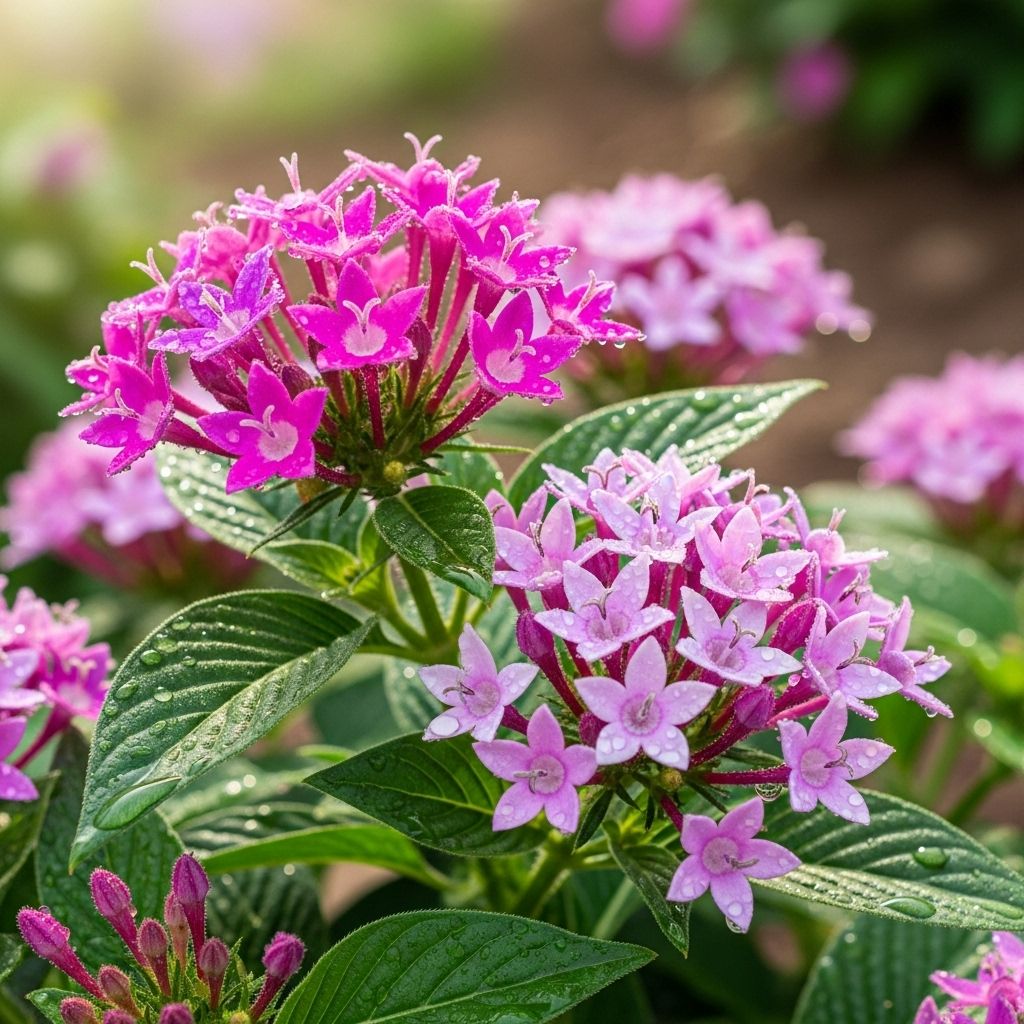
Image: HearthJunction Design Team
Pentas: Egyptian Star Flowers That Enrich Every Garden
Pentas, also known as Egyptian star flowers, are beloved for their vibrant clusters of star-shaped blossoms, extended bloom period, and impressive ability to attract butterflies, bees, and hummingbirds. These tropical annuals are a staple in both modern pollinator gardens and classic flowerbeds, offering easy maintenance and continuous color throughout the warm months.
What Are Pentas?
Pentas (Pentas lanceolata) are tropical perennials in their native climates but are widely grown as annuals in regions with frost. They are characterized by:
- Clusters of small, five-pointed, star-shaped flowers
- Nonstop blooms from late spring through fall
- A broad palette of colors including red, pink, white, lavender, and purple
- Mounded habit with dense, green, lance-shaped foliage
- Typical mature height between 1 and 3 feet, with a spread of 1 to 2 feet
- Extreme popularity among pollinators such as butterflies, bees, and hummingbirds
Benefits of Growing Pentas
- Pollinator Magnet: Their nectar-rich blooms attract a range of beneficial creatures, especially monarchs and swallowtails.
- Long Blooming Season: With proper care, pentas flower continuously from spring until frost.
- Low Maintenance: Once established, pentas are relatively drought-tolerant and do not require complex care routines.
- Versatility: Suitable for beds, borders, containers, and mixed plantings.
Planting Pentas
Where to Plant
Pentas thrive in flower beds and containers that receive full sunlight—at least six hours each day is ideal. While they will tolerate partial shade, plants grown in less than six hours of sunlight often become leggy and produce fewer flowers.
When to Plant
Plant pentas outdoors in the spring after any risk of frost has passed. In cold climates, they can be started indoors and transplanted once nighttime temperatures are consistently above 50°F (10°C).
How to Plant
- Spacing: Space plants 12 to 24 inches apart to give them room to grow and ensure good airflow, which reduces disease risk.
- Planting Depth: Dig a hole for each plant that is just large enough to accommodate its root ball.
- Preparation: Remove the plant from its pot, gently loosen the roots, and place it so the top of the root ball is level with the soil surface.
- Backfill and Water: Fill in around the roots, firm the soil gently, and water thoroughly to help settle the plant in.
Soil Requirements
- Well-draining soil is essential. Pentas do not tolerate waterlogged conditions.
- They are adaptable to many soil types—including sandy soils—but benefit from the addition of organic matter such as compost, which improves fertility and moisture retention.
- Aim for a slightly acidic to neutral pH (around 6.0–7.0).
Growing and Caring for Pentas
Light
- Full Sun: At least six hours of direct sunlight per day is optimal for healthy plants and prolific blooming.
- Partial Shade: Pentas can adapt to less light but will become leggy and less floriferous.
Watering
- Establishment Phase: Keep the soil consistently moist but not soggy after planting.
- After Establishment: Water deeply when the top inch of soil feels dry; pentas are moderately drought-tolerant once established.
- Container Plants: Require more frequent watering due to faster soil drying.
- Mulching: Apply a 2-3 inch mulch layer to conserve soil moisture and suppress weeds.
Fertilizing
- Annual Feeding: Feed with a slow-release granular fertilizer in the spring as new growth emerges.
- Optional Boost: Monthly feeding with a balanced liquid fertilizer can enhance flowering, especially in containers.
Pruning and Deadheading
- Deadheading: Regularly remove spent blooms to encourage continuous blooming.
- Pinching: Pinch back the stems when plants are young to encourage a bushier, denser habit.
- Maintenance Pruning: Trim back leggy growth as needed throughout the season.
Pest and Disease Management
- Common Issues: Pentas are relatively pest- and disease-resistant but may occasionally face problems such as aphids, whiteflies, or spider mites. Treat infestations with insecticidal soap or horticultural oil.
- Fungal Diseases: Good air circulation and avoiding overhead watering help prevent leaf spot and powdery mildew.
Design Ideas and Uses for Pentas
Pentas are exceptionally versatile, making them suitable for various garden settings and design schemes.
- Pollinator Gardens: Mix pentas with other nectar plants to create a haven for butterflies, hummingbirds, and bees.
- Mixed Borders: Combine pentas with companions such as lantana, salvia, and zinnia for layered color and texture.
- Containers: Group several pentas in a large pot for a bold, color-packed focal point. Use upright varieties in the center and trailing annuals around the edges for contrast.
- Edging and Bedding: Compact varieties make neat, colorful borders, while taller types add vibrant height at the back of beds.
Popular Pentas Varieties
| Variety Name | Color | Height (ft) | Special Features |
|---|---|---|---|
| Sunstar® Red | Red | 2–3 | Large blooms, excellent for pollinators |
| Graffiti® Series | Red, Pink, Lavender, White | 1–1.5 | Compact and uniform, ideal for containers |
| Butterfly Deep Pink | Deep Pink | 1–2 | Attracts butterflies and hummingbirds |
| Starcluster Lavender | Lavender | 2–2.5 | Improved disease resistance |
| Lucky Star® White | White | 1–2 | Quick to bloom, great for mass planting |
Pentas in Containers
Pentas make outstanding container plants for balconies, patios, and porches. To get the best results:
- Choose a Large Container: At least 12 inches in diameter with drainage holes.
- Soil: Use a high-quality, well-draining potting mix enriched with organic matter.
- Watering: Container-grown pentas dry out more quickly and will need frequent watering, especially during hot spells.
- Feeding: Fertilize monthly with a balanced liquid fertilizer to promote continual blooming.
Overwintering Pentas
Pentas are perennials only in USDA Zones 10-11. In cooler regions, treat them as annuals, or try these overwintering strategies:
- Bring Indoors: Dig up and pot pentas before the first frost, placing them in a bright, warm spot indoors. Water sparingly through winter.
- Cuttings: Take stem cuttings in late summer, root them indoors, and plant outdoors after the danger of frost next spring.
Troubleshooting: Common Problems
- Leggy Growth: Usually caused by insufficient sunlight or overcrowding. Move to a sunnier location and cut back occasionally.
- Root Rot: Caused by poor drainage or overwatering. Ensure soil is well-drained and water only when necessary.
- Poor Blooming: Often the result of inadequate sunlight, low nutrients, or lack of deadheading. Address these issues for more flowers.
Frequently Asked Questions (FAQs)
Can pentas grow in shade?
Pentas tolerate partial shade, but to maximize flowering and prevent leggy growth, they need at least six hours of direct sunlight per day.
How often should I water my pentas?
Water pentas when the top inch of soil feels dry. Established plants are fairly drought-tolerant but perform best with consistent moisture, especially in containers.
Are pentas deer-resistant?
Pentas have some resistance to deer, but in times of scarcity, deer may still browse them.
How do I encourage more blooms?
Deadhead spent flowers regularly, provide full sun, and fertilize monthly during the growing season.
Can I grow pentas indoors?
Pentas can be overwintered indoors in bright, sunny windows or under grow lights. Move them outside after the last frost for best results.
Summary
Pentas, or Egyptian star flowers, deliver unbeatable summer color and are ideal for pollinator gardens, mixed borders, and containers. With their easy care routine, heat tolerance, and ability to flourish in various garden settings, pentas are a valuable addition for gardeners looking for vibrant, long-lasting blooms and a lively, pollinator-friendly landscape.
References
- https://www.gardendesign.com/annuals/pentas.html
- https://www.bhg.com/gardening/plant-dictionary/annual/pentas/
- https://www.thespruce.com/pentas-care-guide-8643480
- https://www.gardeningknowhow.com/ornamental/flowers/pentas/growing-penta-plants.htm
- https://troystropics.com/unleashing-the-beauty-of-pentas-the-perfect-annual-for-colorful-garden-displays/
Read full bio of medha deb


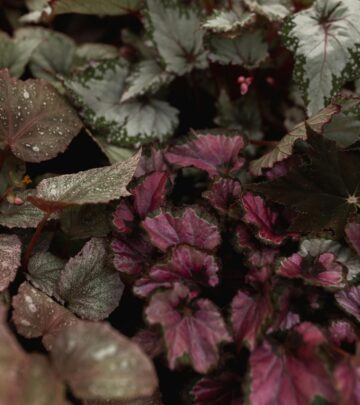
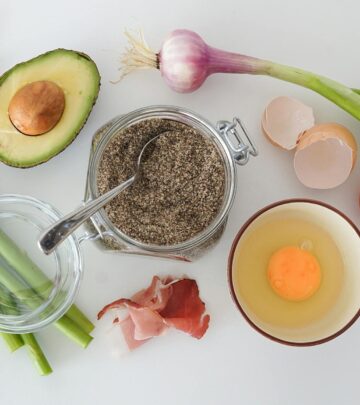
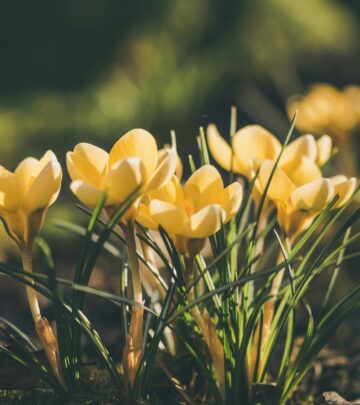
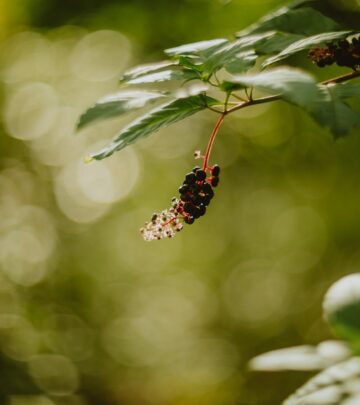


Community Experiences
Join the conversation and become a part of our empowering community! Share your stories, experiences, and insights to connect with other beauty, lifestyle, and health enthusiasts.